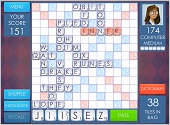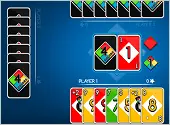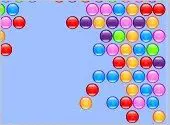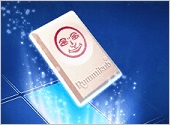- Home
- Better Memory
- Memory Systems
- Memory
Why Visualization Aids Memory
 Because of the way our brains work, it actually makes a lot of sense that visualizing material can help you remember it.
Because of the way our brains work, it actually makes a lot of sense that visualizing material can help you remember it.
It's actually pretty simple. As you know, we all have at least five senses - sight, smell, hearing, taste, and touch.
Our minds can remember information we experience through any of these. So you have a memory of what chocolate tastes like, for instance, or what a rose smells like, or what tree bark feels like.
And our memories for these senses overlap. Not only can you remember what chocolate tastes like, you can remember what it looks like, feels like, and smells like. The memories for each sense are stored separately in the brain.
So ideally, if you want to memorize something you should interact with it using as many of your senses as possible. Why? Because that simply multiplies the number of ways you have for remembering it!
If you have only filed the information under "taste" in you brain, you only have one route for retrieving the information. If you filed it under, taste, sight, smell, and touch, you now have four ways to retrieve it.
When it comes to memorizing most academic material, though, only two of the five senses are really used - sight and hearing (also known as "visual" and "verbal"). You might try tasting a page from that sociology book, but it won't help you remember the material any better.
When you read words on a page, you are essentially creating a "verbal" memory of the information. Unless you have a photographic memory and can see in your mind all the words on all the pages in the book (not me). But verbal memory is just using one of your senses out of five.
So why not double your chances for remembering the material? Commit the information to memory visually (using the memory systems explained on this website), and you will have created both the verbal memory of the information and a visual memory of the information.
Visualization is actually even more effective than that. Visual image are by nature very memorable in themselves.
This has been shown by numerous research studies, and I think it's obvious if you think about it. So add visualization into your memorization, and you will see dramatic improvement.
That's not theory. I've done it, and many thousands of other people have also done it.
The history of using visualization techniques literally dates back at least 2,000 years to the Greeks and Romans who used these techniques to remember long speeches.
It was considered a disgrace back then to not be able to deliver a long speech using memory only.
Published: 10/11/2008
Last Updated: 06/11/2020
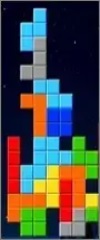
Newest / Popular
Multiplayer
Board Games
Card & Tile
Concentration
Math / Memory
Puzzles A-M
Puzzles N-Z
Time Mgmt
Word Games
- Retro Flash -
Also:
Bubble Pop
• Solitaire
• Tetris
Checkers
• Mahjong Tiles
•Typing
No sign-up or log-in needed. Just go to a game page and start playing! ![]()
Free Printable Puzzles:
Sudoku • Crosswords • Word Search

